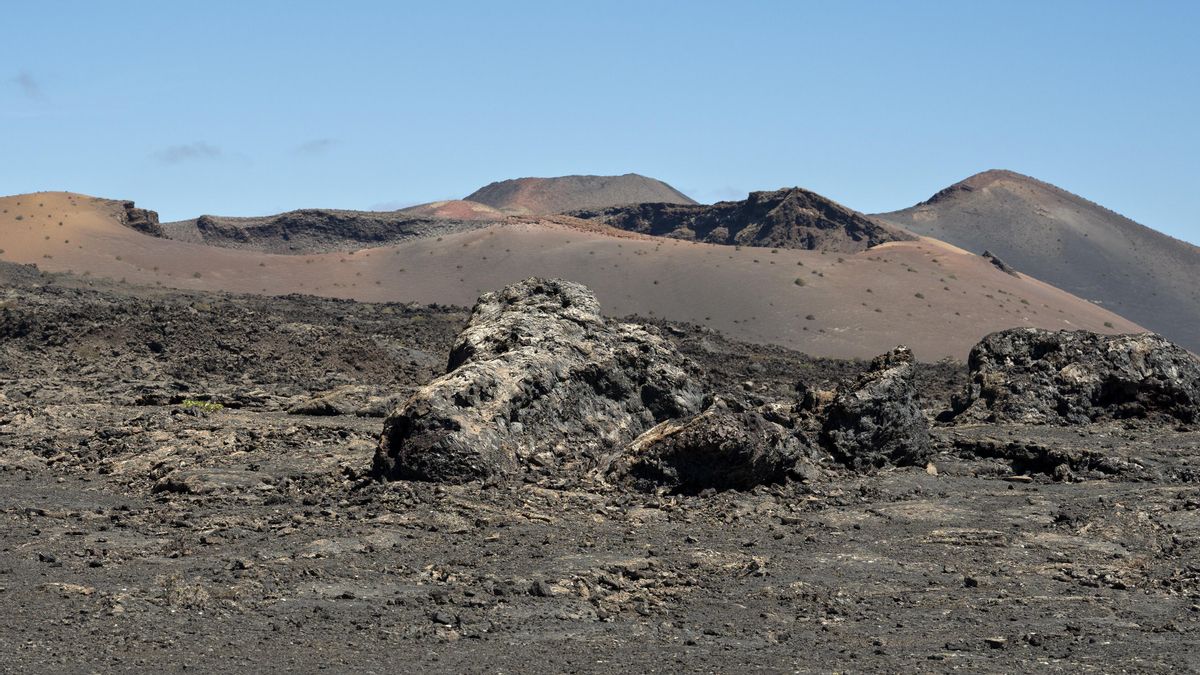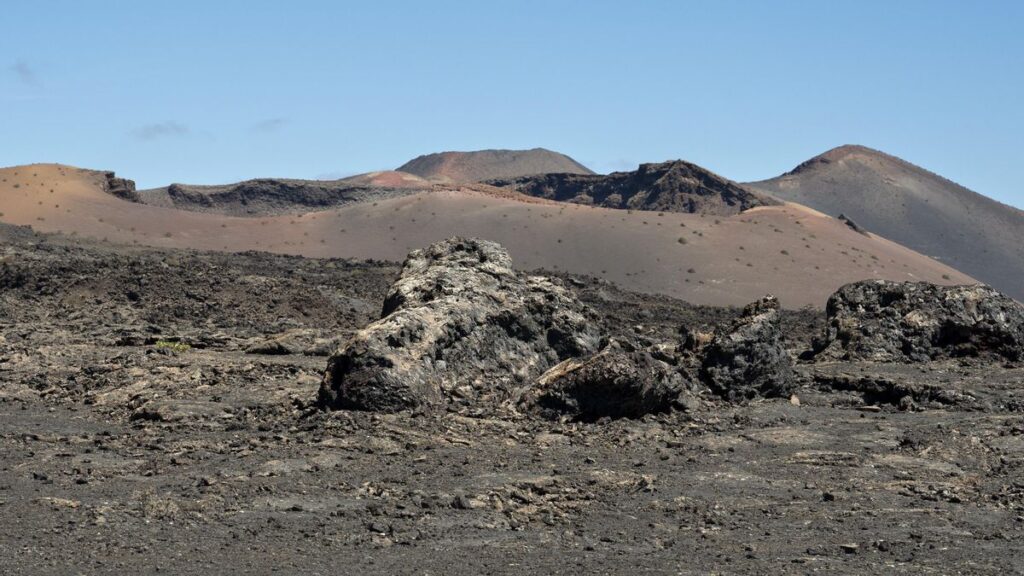The Curse of the Stolen Volcanic Rock
“I have heard legends that say taking volcanic rock from its source brings bad luck, and I’m afraid this has happened to me.” This is the opening line of a letter sent by a German tourist to Timanfaya National Park in Lanzarote, one of the most visited national parks in Spain. The letter was accompanied by fragments of solidified lava that the visitor had taken during a trip to the Fire Mountains and had decided to return “after a serious personal tragedy.” The writer concluded his plea with, “I would be eternally grateful if you would scatter them outside the center where I collected them, in the place where the hot embers are found.”
A Warning from the Park
The National Park has used this case to remind the public on its social media and website that large quantities of rocks, volcanic gravel (“rofe”), shells, and other elements of Lanzarote’s geological and natural heritage are confiscated every year at the island’s airport. Annually, over one ton of natural materials extracted from the island’s protected spaces is collected from the airport. “That rock is meaningless in your display cabinet. It is not a souvenir or raw material for a pendant. It belongs to nature. It sustains the life and culture of our island. Stealing nature is stealing the future,” the Park stated on its X profile.
The Ecological Domino Effect
Removing these materials from their natural environment is punishable by fines of up to €3,000 and causes significant impact on the island’s ecosystem. “A rock is not a piece of inert material. A rock is the habitat for lichens, fungi, and insects. It is an ally in preventing erosion: it builds soil and fights desertification,” explains the Park. Stealing rocks from Timanfaya damages microsystems and endemic organisms, breaks the food chain, and reduces wildlife populations. “If there are no rocks, there is no refuge for invertebrates, and if there are no invertebrates, their predators (lizards, birds…) are left without food. A catastrophic domino effect,” they add.
Stealing Cultural Identity
This practice also erodes the local culture. The Park concludes that these volcanic rocks are the foundation of Lanzarote’s vernacular architecture, as they are traditionally used to build socos (stone enclosures), boundaries, and walls. Taking them means dismantling a piece of the island’s unique cultural identity.
Record Visits and the Threat of Collapse
In 2024, Timanfaya National Park was the fourth most visited in the country, only behind Teide, Sierra de Guadarrama, and Picos de Europa. Specifically, according to figures published by the Ministry for Ecological Transition, the park received 1,492,435 visitors last year. This surge in tourism is not exclusive to the Fire Mountains. The increase extends to all four of the Canary Islands’ national parks, which have gone from three to eight million total visitors in just four years and are now on the brink of “continuous collapse.”


